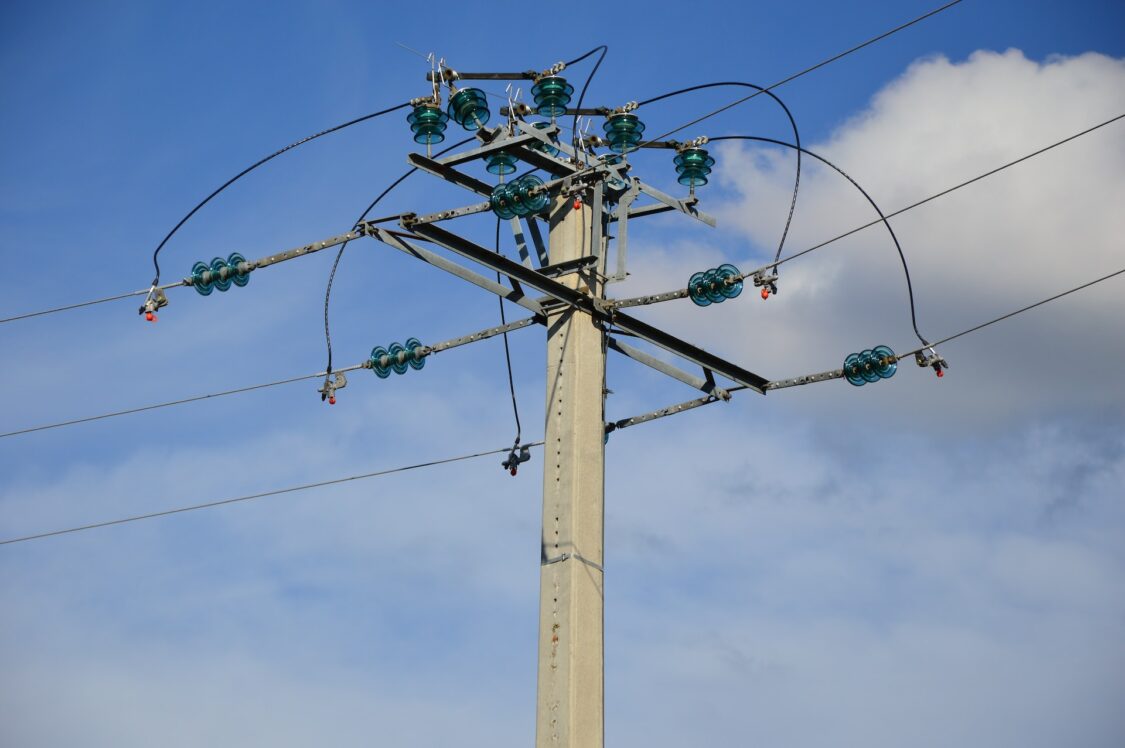Proper insulation is crucial for maintaining a comfortable and energy-efficient home. Over time, however, insulation can deteriorate, leading to various problems. Recognizing the signs of deteriorating insulation is essential to address the issue promptly and ensure the optimal performance of your home.
1. High Energy Bills
One of the most evident signs that your home’s insulation needs replacement is a sudden increase in energy bills. If your heating or cooling costs have significantly risen without any noticeable changes in your energy usage or the rates charged by utility providers, it is likely; your insulation is no longer effectively preventing heat transfer.
Inadequate insulation allows heat to escape during winter or enter during summer, forcing your HVAC system to work harder and consume more energy to maintain a comfortable indoor temperature. Replacing the insulation in your home can help restore its energy efficiency, resulting in lower utility bills.
2. Uneven Temperature Distribution
Another clear indication that your home’s insulation is deteriorating is uneven temperature distribution throughout different areas. If you notice significant temperature variations from room to room, it suggests that the insulation is no longer providing consistent thermal protection.
Certain areas may feel noticeably colder or hotter than others, making it challenging to maintain a comfortable environment. By replacing the insulation, you can ensure uniform temperature distribution throughout your home and eliminate hot or cold spots.
3. Moisture and Mold Issues
Moisture and mold problems are detrimental to your health and indicate insulation issues. When insulation deteriorates, it loses its ability to prevent moisture from entering your home. As a result, you may notice condensation on windows, damp walls, or even visible mold growth.
Mold can thrive in moist environments and cause health issues, including respiratory problems and allergies. If you observe signs of moisture or mold, it is crucial to have your insulation inspected and replaced if necessary. This will help maintain a healthy indoor environment and prevent further damage to your home’s structure. Also, you will be able to lower your utility bills by reducing your energy usage.
4. Pest Infestations
Poorly maintained or deteriorated insulation can also attract pests into your home. Small gaps or cracks in the insulation provide an entry point for insects and rodents seeking shelter or a food source. If you notice an increase in pest activity, such as droppings, gnaw marks, or sounds of scurrying within your walls, it is likely that your insulation needs attention.
Replacing the insulation and sealing any openings will prevent further pest infestations and enhance your home’s overall comfort and security.
Maintaining a well-insulated home is vital for energy efficiency, comfort, and well-being. By recognizing the telltale signs of deteriorating insulation, you can promptly address the issue. High energy bills, uneven temperature distribution, moisture and mold issues, and pest infestations indicate that your home’s insulation may need replacement.
Consulting with a professional insulation contractor will help assess the condition of your insulation and recommend the most suitable solutions. Quality insulation can improve energy efficiency, create a more comfortable living environment, and lower utility bills in the long run.

